The Best Companion Plants For Good King Henry
Good King Henry is a perennial leafy green vegetable that is related to spinach and quinoa. It is a hardy plant that can be grown in a variety of climates, and it is a good source of vitamins A, C, and K. Good King Henry can be eaten raw, cooked, or juiced.
One of the best things about Good King Henry is that it is a great companion plant. Companion planting is the practice of planting certain types of plants together in order to benefit each other. There are many different benefits to companion planting, including:
- Increased crop yields
- Improved pest and disease resistance
- Enhanced pollination
- Improved soil quality
There are a number of different plants that can be good companion plants for Good King Henry. Some of the best include:
- Nasturtiums: Nasturtiums are known for their vibrant flowers and can attract pollinators to the garden. They also produce compounds that can repel aphids, making them a great companion plant for Good King Henry.

- Parsley: Parsley is a great companion plant because it attracts beneficial insects and can help to improve soil quality. It is also a good source of vitamins A and C, which can help to boost the nutritional value of Good King Henry.
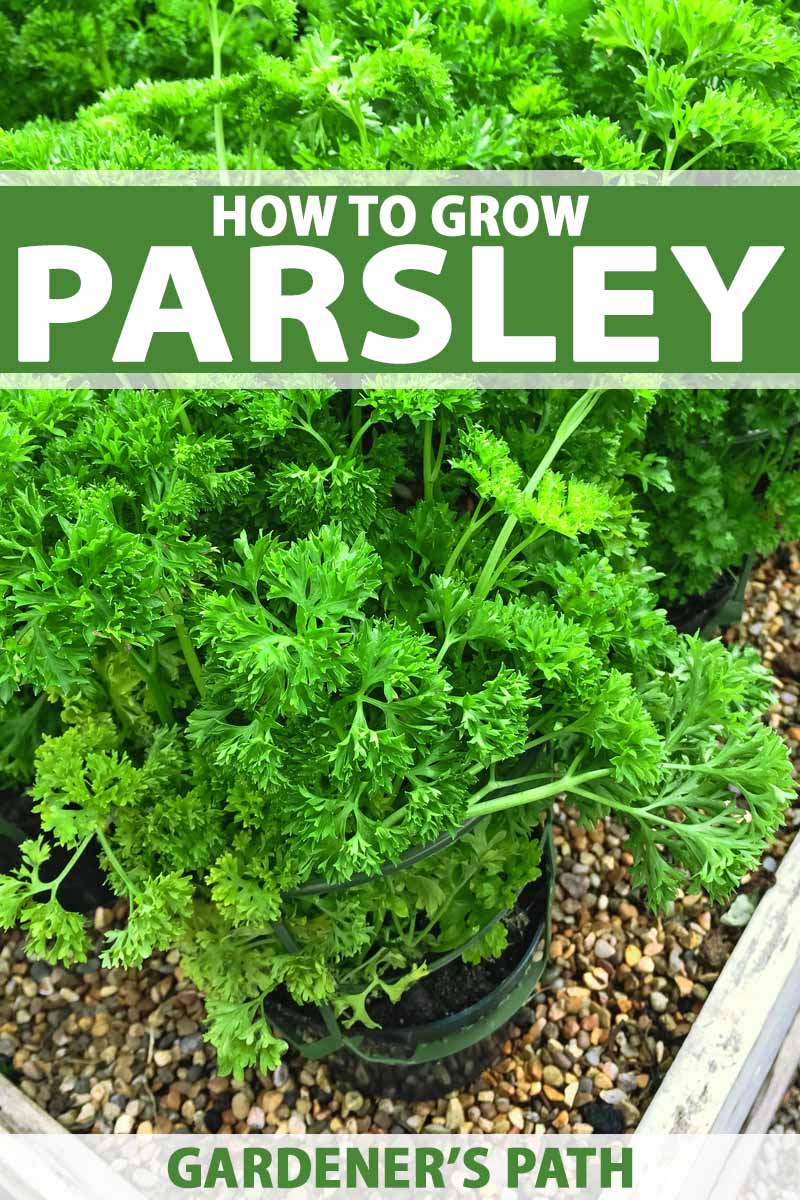
- Peas: Peas are another legume that can help to fix nitrogen in the soil, which is beneficial for Good King Henry and other plants. They are also a good source of protein, which can help to make Good King Henry a more complete meal.
- Spinach: Spinach is a cool-season crop that can provide shade and moisture during the hot summer months. This can help to protect Good King Henry from pests and diseases. Spinach is also a good source of vitamins A and C, which can help to boost the nutritional value of Good King Henry.

- Tomatoes: Tomatoes and Good King Henry make great companions because they have different nutrient requirements and can share the same space in the garden without competing for resources. Tomatoes need more phosphorus, while Good King Henry needs more potassium. This means that they can both get the nutrients they need without depleting the soil.
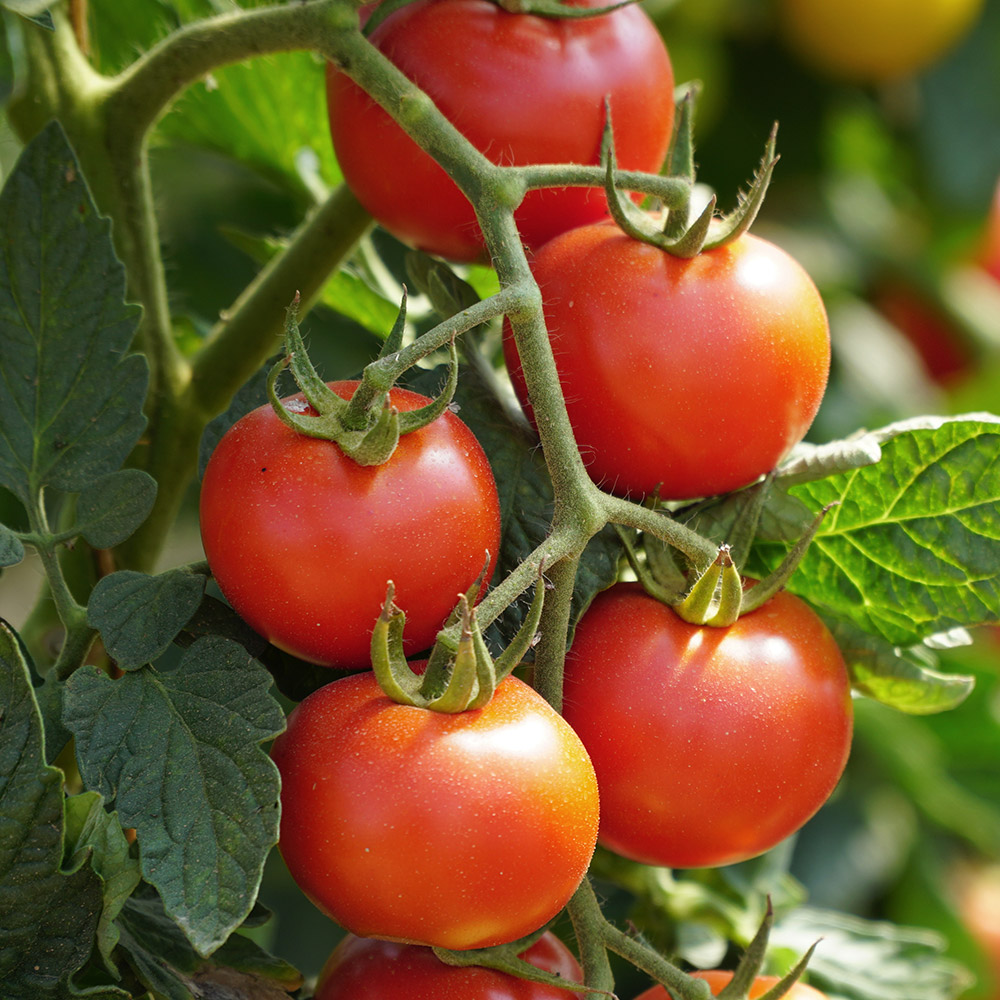
In addition to these plants, there are a number of other plants that can be good companion plants for Good King Henry. Some of these include:
- Borage: Borage is a flowering plant that is known for its medicinal properties. It can help to repel pests and diseases, and it can also improve the flavor of Good King Henry.
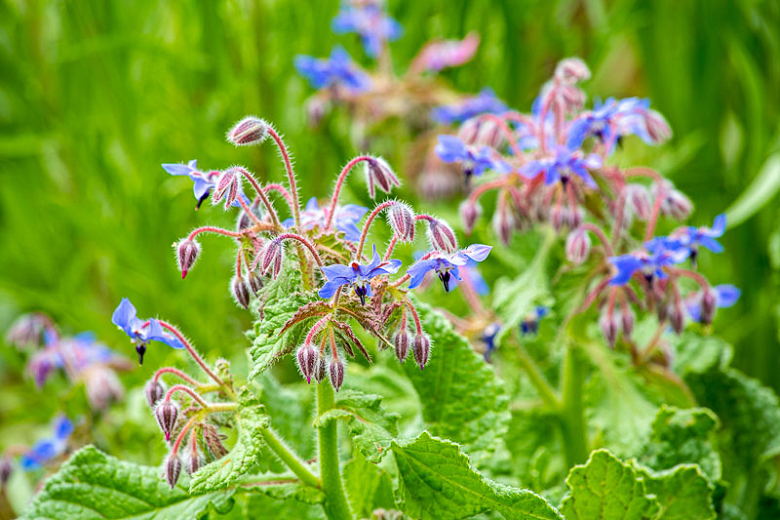
- Cucumbers: Cucumbers can help to suppress weeds and attract beneficial insects. They can also help to improve the flavor of Good King Henry.
- Herbs: Herbs such as basil, dill, and mint can help to repel pests and diseases. They can also add flavor to Good King Henry dishes.
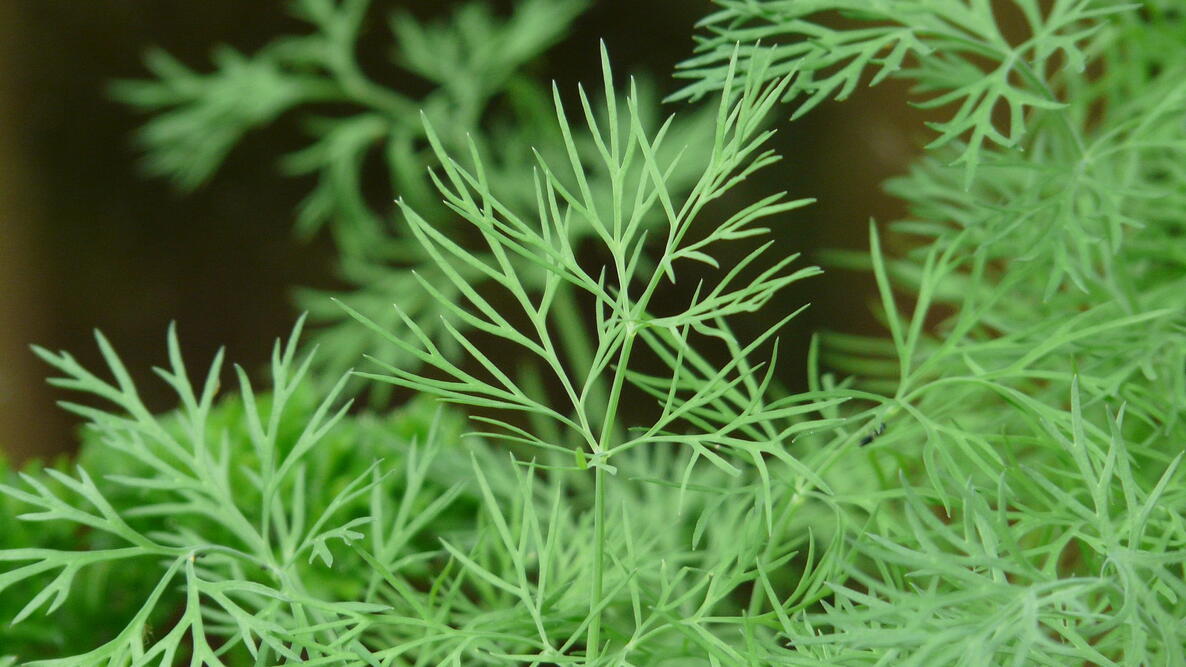
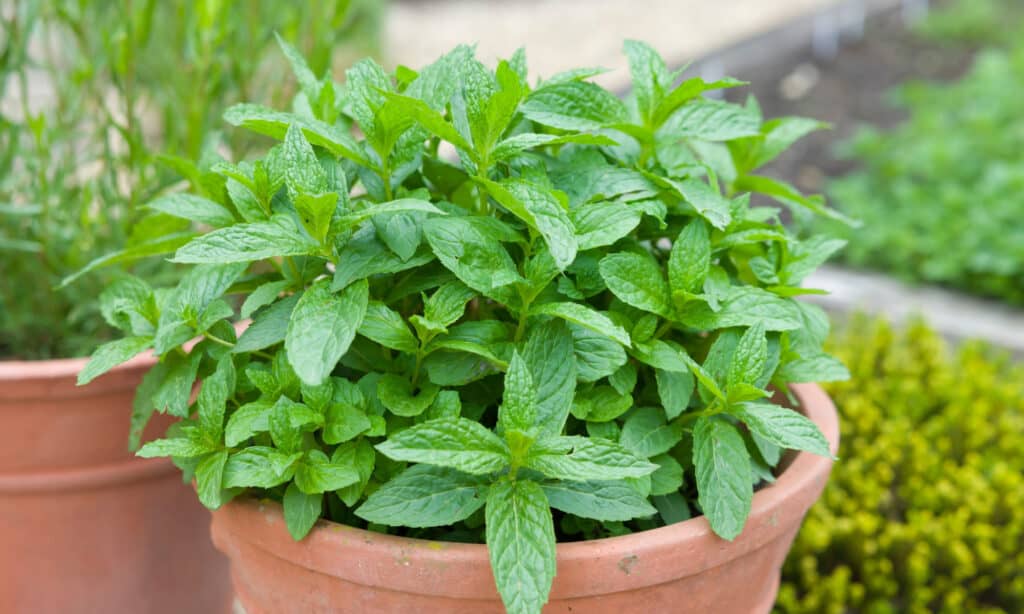
When choosing companion plants for Good King Henry, it is important to consider the following factors:
- Planting time: Some plants are better suited for spring planting, while others are better suited for fall planting.
- Sunlight requirements: Some plants need full sun, while others can tolerate partial shade.
- Water requirements: Some plants need more water than others.
- Soil type: Some plants prefer sandy soil, while others prefer clay soil.
By considering these factors, you can choose the best companion plants for Good King Henry and create a thriving garden.
Good King Henry is a delicious and nutritious perennial vegetable that is easy to grow in most gardens. It is a member of the amaranth family, and its leaves can be eaten cooked or raw. Good King Henry is also a good companion plant, meaning that it can benefit the growth of other plants in your garden.
Some good companion plants for Good King Henry include:
- Beans: Beans fix nitrogen in the soil, which can benefit Good King Henry.
- Peas: Peas also fix nitrogen in the soil, and they can help to shade the roots of Good King Henry, which can help to prevent them from drying out.
- Potatoes: Potatoes can help to attract beneficial insects, which can help to protect Good King Henry from pests.
- Tomatoes: Tomatoes can help to deter pests from Good King Henry.
If you are interested in learning more about good king henry companion plants, I recommend visiting Gardenia Inspiration. This website has a wealth of information about companion planting, including a list of good companion plants for Good King Henry.
FAQ of good king henry companion plants
1. What are some good companion plants for good king henry?
Good king henry is a versatile plant that can be companion planted with a variety of other plants. Some good companion plants for good king henry include:
- Nasturtiums: Nasturtiums are known for their vibrant flowers and can attract pollinators to the garden. They also produce compounds that can repel aphids, making them a great companion plant for good king henry.
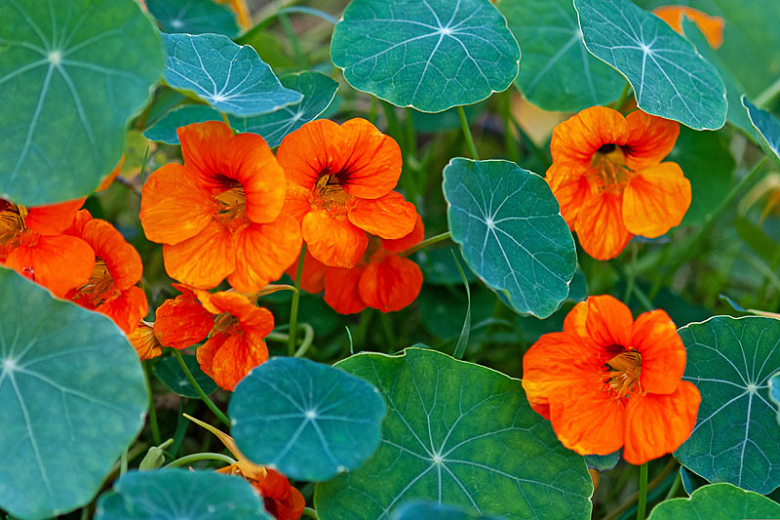
- Parsley: Parsley is a great companion plant because it attracts beneficial insects and can help to improve soil quality.

- Peas: Peas are another legume that can help to fix nitrogen in the soil, which is beneficial for good king henry and other plants.

- Spinach: Spinach is a cool-season crop that can provide shade and moisture during the hot summer months.

- Potatoes: Potatoes are a good companion plant for good king henry because they both benefit from the same type of soil.
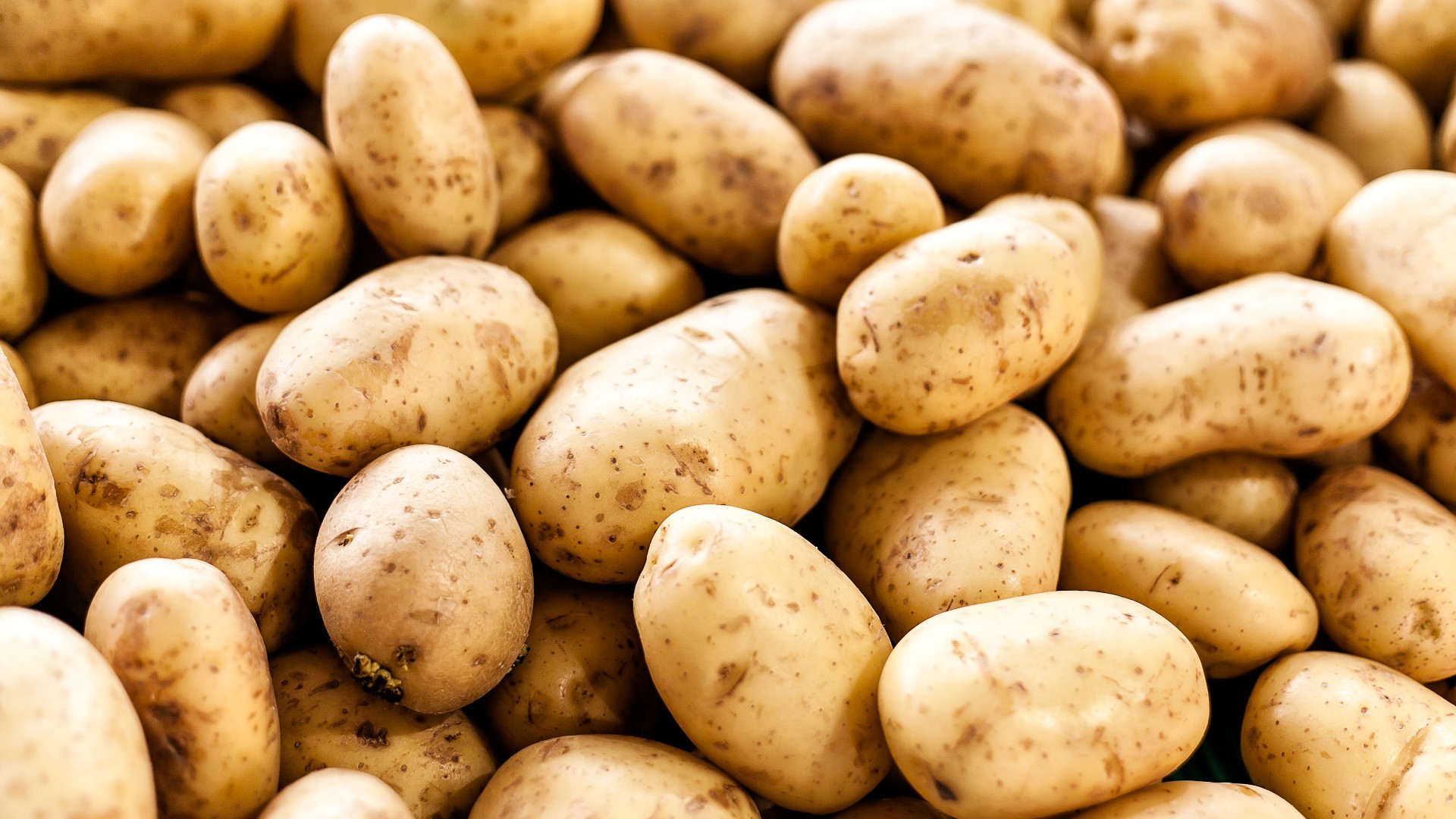
2. What are the benefits of companion planting good king henry?
There are several benefits to companion planting good king henry. These benefits include:
- Improved soil quality: Good king henry is a nitrogen-fixing plant, which means that it can help to improve the soil quality in your garden.
- Attraction of beneficial insects: Good king henry attracts beneficial insects, such as ladybugs and lacewings, which can help to control pests in your garden.
- Repulsion of pests: Good king henry is said to repel some pests, such as aphids and slugs.
- Increased yields: Companion planting can help to increase the yields of your crops.
- Visual appeal: Good king henry is a beautiful plant that can add visual interest to your garden.
3. What are some of the challenges of companion planting good king henry?
There are a few challenges that you may encounter when companion planting good king henry. These challenges include:
- Good king henry can be invasive: Good king henry is a spreading plant, so it is important to plant it in an area where it will not become invasive.
- Good king henry can be susceptible to pests and diseases: Good king henry is susceptible to some pests and diseases, such as powdery mildew.
- Good king henry does not tolerate heat well: Good king henry does not tolerate heat well, so it is important to plant it in an area that receives some shade during the hot summer months.
4. How do I plant good king henry with companion plants?
When planting good king henry with companion plants, it is important to consider the following factors:
- The size of the plants: The size of the plants will determine how close together you can plant them.
- The needs of the plants: The needs of the plants will determine how much sun and water they will need.
- The compatibility of the plants: Some plants are not compatible with each other, so it is important to do your research before planting them together.
5. Where can I buy good king henry seeds?
Good king henry seeds can be purchased from a variety of online and brick-and-mortar retailers. Some good places to buy good king henry seeds include:
- Johnny's Seeds:https://www.johnnyseeds.com/
- Seed Savers Exchange:https://www.seedsavers.org/
- Baker Creek Heirloom Seeds:https://www.rareseeds.com/
- Territorial Seed Company:https://www.territorialseed.com/
Image of good king henry companion plants
5 different images of "good king henry companion plants" from Pinterest:
Good King Henry and peas are both nitrogen-fixing plants, which means they can help to improve the soil quality in your garden. They also have different nutrient requirements, so they can share the same space without competing for resources.
Good King Henry and spinach are both cool-season crops, so they can be planted together in the spring or fall. They also have similar water and nutrient requirements, so they are a good choice for companion planting.
Garlic is a natural insect repellent, so it can help to keep pests away from Good King Henry. It also has a strong odor that can mask the scent of Good King Henry, making it less attractive to pests.
Nasturtiums are known for their vibrant flowers and can attract pollinators to the garden. They also produce compounds that can repel aphids, making them a great companion plant for Good King Henry.
Tomatoes and Good King Henry make great companions because they have different nutrient requirements and can share the same space in the garden without competing for resources. Tomatoes are also a tall plant, which can provide shade for Good King Henry during the hot summer months.
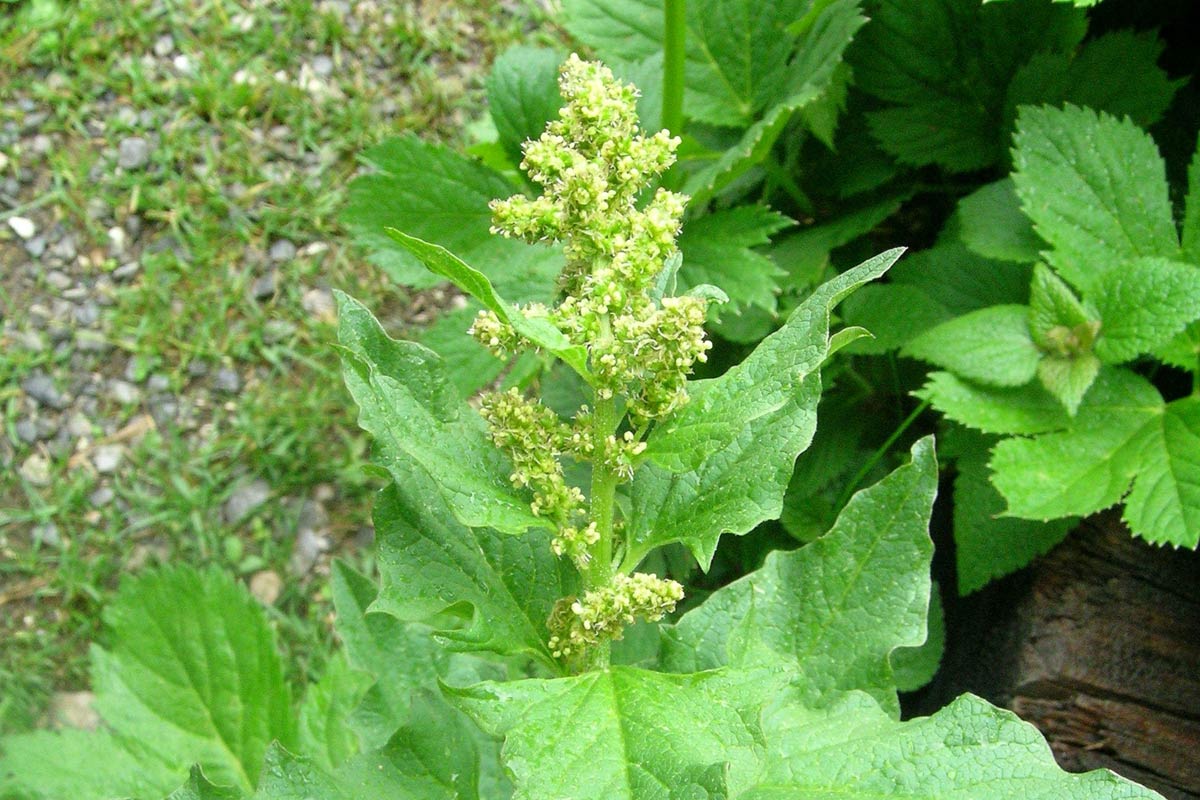
Post a Comment for "The Best Companion Plants For Good King Henry"